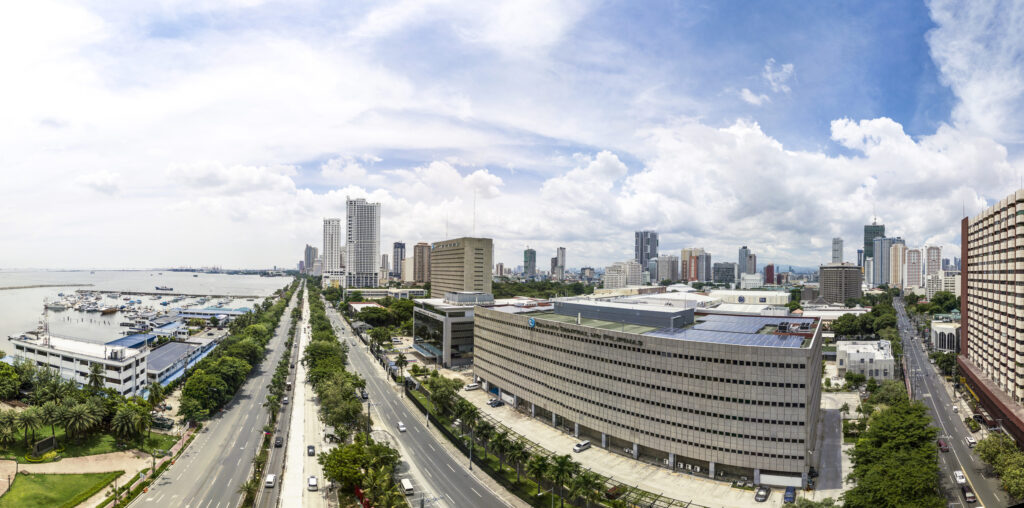MACTAN, Cebu—The country’s balance of payments (BOP) swung to a deficit in October and posted its steepest decline in nine months, according to the latest data from the Bangko Sentral ng Pilipinas (BSP).
Based on the latest data, the BOP posted a $724-million deficit in October 2024 from a $1.5-billion BOP surplus recorded in October 2023. This is the steepest decline since the deficit of $740 million in January.
However, BSP Governor Eli M. Remolona Jr. said the data also showed that the country remains insulated from a tariff war given the dependence of the Philippines on the services sector.
“Our balance of payments show that our service exports are just as large as our goods exports. In our service exports we have BPO revenues, business processing revenue and then we have remittances from abroad,”
Remolona said in a briefing here on Tuesday.
“These are less easily subject to tariffs because these things, the BPO business goes over the internet whereas, remittances, workers are abroad. So maybe we are a little bit insulated from tariffs,” he said.
Based on the latest data, the goods deficit reached $65.899 billion. This is composed of exports amounting to $55.394 billion and imports, $121.293 billion.
The general merchandise data on a BOP basis, BSP said, reached a deficit of $67.221 billion. This is composed of exports worth $54.023 billion; imports, $121.244 billion; and re-exports, $93 million.
The data also showed that services, meanwhile, posted a suplus amounting to $18.699 billion. This is composed of services exports worth $48.32 billion and imports, $29.621 billion.
The BSP data also showed primary income reached $4.432 billion, which is worth noting since it posted a 43.2-percent growth. This is composed of receipts amounting to $16.363 billion and payments, $11.931 billion.
“China remains our number one source of imports to the Philippines. If those imports cannot enter the United States easily, then they might [shift their] imports and [could lead to] probably less expensive imports than before. But those are kind of second-round effects that we have to figure out,” Remolona said.
“We don’t know exactly what the tariffs will be, and because of the size of the tariffs that are being contemplated, we don’t really know what the effects will be. So we have to wait and see and then we’ll figure it out,” he added.
However, BSP data showed the cumulative BOP position reached a surplus of $4.4 billion in January to October 2024. This is higher than the $3.2-billion surplus recorded in January to October 2023.
The surplus reflected in part the continued net inflows from personal remittances, trade in services, and net foreign borrowings by the national government.
Furthermore, net foreign direct and portfolio investments contributed to the BOP surplus.
The BOP position reflects a decrease in the final gross international reserves (GIR) level to $111.1 billion as of end-October 2024 from $112.7 billion as of end-September 2024.
The latest GIR level represents a more than adequate external liquidity buffer equivalent to eight months’ worth of imports of goods and payments of services and primary income.
Moreover, it is also about 4.4 times the country’s short-term external debt based on residual maturity.
Image credits: Michael Edwards | Dreamstime.com

